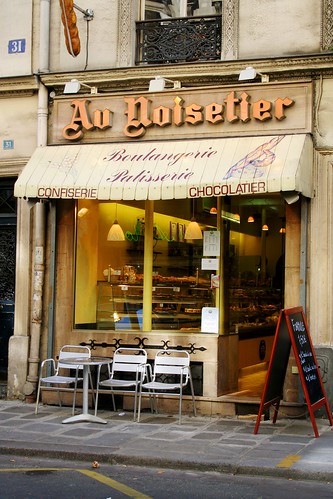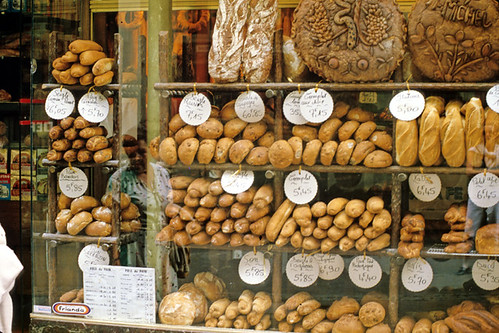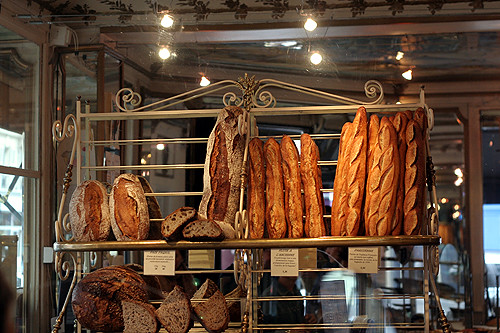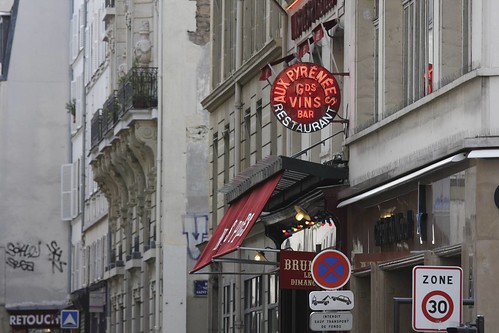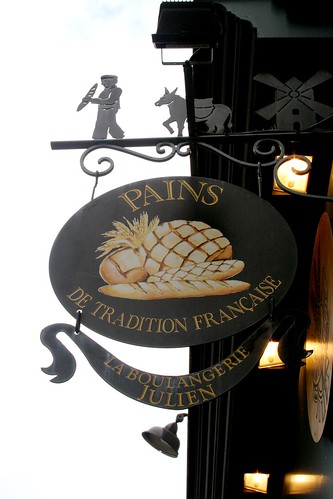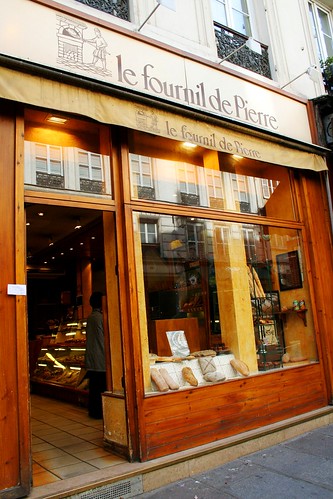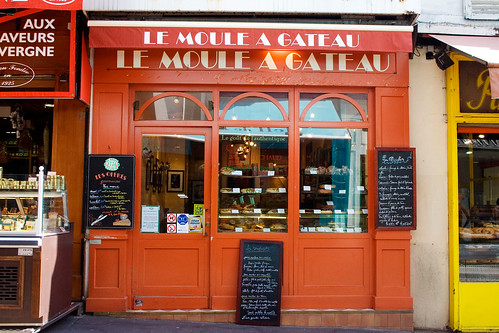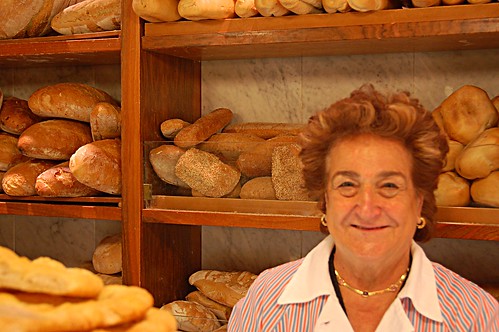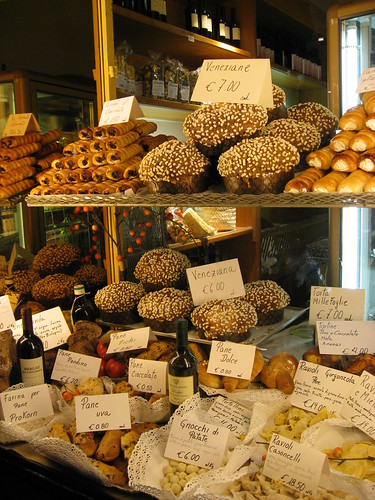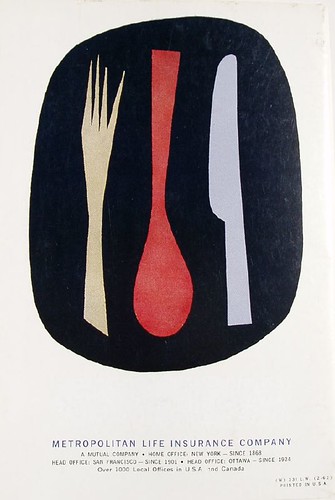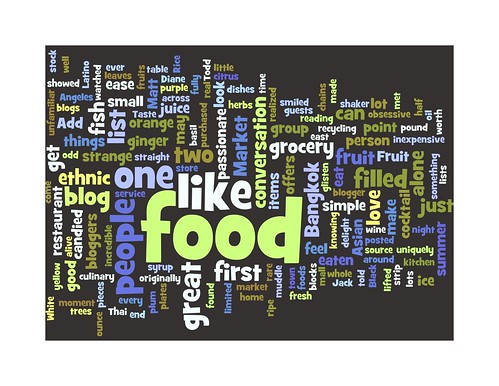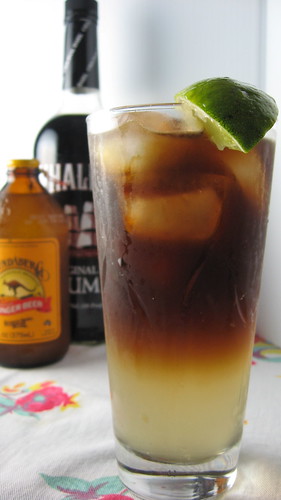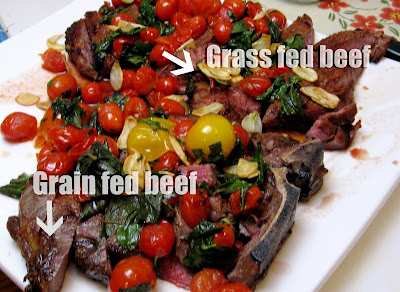
Ever since I read Michael Pollan’s book, Omnivore’s Dilemma, food shopping is a lot more difficult. Besides the fact that finances are tight–for us and most of the people we know—I am acutely aware that how we spend our food money really can make a socio-ecological difference. Suddenly, I feel a lot like the young, political eater I used to be when I was a University of Massachusetts undergrad.
Though my days as a life-long, political vegetarian are over (I was an anemic and sickly vegetarian), I am perfectly willing and able to stop eating certain things because they aren’t good for the local economy, the environment, and—ultimately–for me. But what, from a culinary point of view, will all this political eating mean for my tastebuds?
Pollan’s book suggests that if consumers purchase local and direct from the farmer whenever possible, they not only taste a much better and healthier product, their food dollars will enable local grows to thrive and compete with big conglomerate farms that take all sorts of ecological shortcuts with chemical fertilizers and price gouging (thanks to governmental subsidies). So if I pay a little more for a gallon of milk from a family owned dairy, Pollan suggests, I’ll not only be healthier, I will be sending a message to the big dairy conglomerates that hormones, drugs and poor treatment of animals in order to make a cheaper gallon of milk, just isn’t worth it.
But just because I shop at Whole Foods a couple of times a month doesn’t mean every food dollar can enact positive social change. Though the packages on the perfectly maintained shelves of Whole Foods may say “organic” or “free range” or “all natural”, doesn’t mean they’re the best choice for the environment or my body. To be a good, political consumer, I need to be mindful and pragmatic before every purchase.
Though it’s easy to be an armchair liberal or conservative, it’s another thing to be hold a firm political position in one’s daily life.
A carnivore’s dilemma
Being a mindful and political shopper is difficult. I have to consider all sorts of questions. Do I really need to buy tomatoes shipped in from Holland if there are local farms that can sell them to me fresh off the vine at the farmer’s market? Should I forgo my menu and buy a line caught fish or should I stick to my shopping plans and get a farm-raised, color pellet-eating cousin? Can I afford the extra money to buy meat from a cow that’s free range and grass fed or should I pack up my political standards and save twenty bucks and eat one that’s been raised in a tight pen and forced fed a diet of grain–a diet it was never meant to eat?
Political eating
After spotting Gourmet Magazine’s cover photo of a grilled steak covered in roasted cherry tomatoes, I started planning a dinner party with some friends. I purchased cherry tomatoes, garlic, parsley and mint at the farmer’s market. Unable to make it to the neighborhood butcher in time, I ventured to my local Whole Foods at 3rd and Fairfax.
The meat counter selection offered a handful of choices: various organic beef cuts ($14.99/pound and up), free range grass-fed beef loin ($31.99/lb), and free range grain-fed (90% grass fed and 10% grain fed) organic Porter house ($27.99/lb). Based on the criteria of my political eating (force fed, pen raised beef is not an eating option), however, my choices were definitely limited.
For pure politics, I purchased almost 2 lbs of the 100% grass fed beef loin steak. For culinary and economic purposes, I saved a few bucks and got almost 1.5 lbs of the partially grain fed porterhouse (Neiman Ranch 90% grass fed and 10% grain fed beef). As I watched the butcher wrap up my steaks, I wondered, with some guilt, how significant that 10% of grain would be to the quality of the meat. Had I just let ten percent of my political ideals slip away? Maybe.
Side by side taste test
As the steaks cooked side by side on the grill, my husband and I talked with our guests about the politics of eating. We shared stories of Alice Waters, the Edible School Yard, the Center for Food Justice, Slow Food, Michael Pollan and think about it later chef types (Anthony Bourdain on any episode of No Reservations comes to mind). But when the steaks were finished cooking and were ready to serve, we carefully closed our eyes and tasted.
Bite for bite, both steaks were delicious. Granted, the two steaks were different cuts (and, to be fair, both were prepared slightly differently–the grass fed cut was cured with a salt/spice rub and the Neiman ranch was rubbed only with kosher salt), but both garnered equal amounts of praise.
The 100% grass-fed beef loin (or beef tenderloin) was incredibly tender and velvet-like. The taste of the grass fed loin was both juicy and moist.
The Neiman ranch (90/10 grass/grain fed) Porterhouse, was a meatier steak. It was also quite juicy and at times had much more flavorful morsels, thanks to the meat’s occasional marbling.
When polled, most of the table had a hard time deciding which steak they liked more. Considering the biased side-by-side tasting, it was clear a rematch was needed.
Stay tuned for an upcoming rematch…












